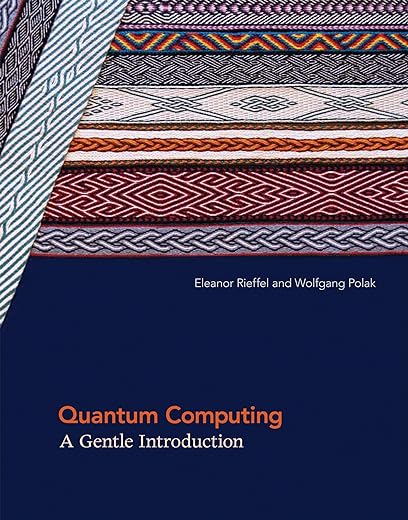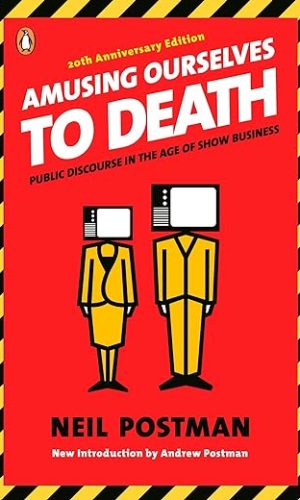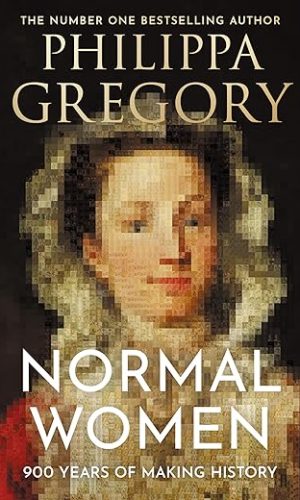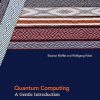Quantum Computing: A Gentle Introduction (Scientific and Engineering Computation)
£28.10
A thorough exposition of quantum computing and the underlying concepts of quantum physics, with explanations of the relevant mathematics and numerous examples.
The combination of two of the twentieth century’s most influential and revolutionary scientific theories, information theory and quantum mechanics, gave rise to a radically new view of computing and information. Quantum information processing explores the implications of using quantum mechanics instead of classical mechanics to model information and its processing. Quantum computing is not about changing the physical substrate on which computation is done from classical to quantum but about changing the notion of computation itself, at the most basic level. The fundamental unit of computation is no longer the bit but the quantum bit or qubit.
This comprehensive introduction to the field offers a thorough exposition of quantum computing and the underlying concepts of quantum physics, explaining all the relevant mathematics and offering numerous examples. With its careful development of concepts and thorough explanations, the book makes quantum computing accessible to students and professionals in mathematics, computer science, and engineering. A reader with no prior knowledge of quantum physics (but with sufficient knowledge of linear algebra) will be able to gain a fluent understanding by working through the book.
Read more
Additional information
| Publisher | Illustrated edition (29 Aug. 2014), The MIT Press |
|---|---|
| Language | English |
| Paperback | 388 pages |
| ISBN-10 | 0262526670 |
| ISBN-13 | 978-0262526678 |
| Reading age | 18 years and up |
| Dimensions | 17.93 x 1.78 x 23.01 cm |










by Alexander
Very good book, which would be even better if the solutions to the exercises were somewhere to be found… Solving the exercises is really key to understanding the material in depth.
All in all, however, it’s been a good introduction to the subject as far as I’ve read up to date.
by Aurelius
I will immediately confess my ignorance.
I don’t understand a great deal of this book. Yet, it’s like reading ‘advanced technical poetry’. I need to familiarise myself with such terms as ‘vector spaces’, ‘linear transformations’, eigenvalues, and eigenvectors (For instance), but this is nonetheless a form of advanced maths as poetry. I’m just happy there are minds this advanced in existence. It gives me hope.
by Marcus
This book is pitched at the level of a pretty competent undergraduate in Maths or Physics, with plenty of experience of quantum mechanics. Don’t expect a pop science tour of quantum computing. There are lots of questions for the student, and it would form the basis for maybe a third-year module on the subject.
That said, it injects a level of reality that is sadly lacking from much of the popular discussion of quantum computing. You start to see that, even if manufacturers solve the problems of many-qubit machines, quantum computing will not be a panacea. There are a couple of very useful looking algorithms, which solve rather specialised problems. Most of computing will not be affected very much.
by David Boden
I don’t think you could write a much better exposition of qubits, projectors, operators and density matrices. The exercises and examples are well-thought-out. These are difficult topics (for me), so much credit to the authors. You’ll need 3 or 4 attempts at each chapter and the patience to work through all the exercises if you really want the knowledge to stick.
Much of the middle portion of the book around algorithms is somewhat inaccessible to me so far, but the fact that I’ve understood the earlier chapters gives me confidence that I can get there eventually. I’d recommend skipping ahead to chapter 10 (density matrices) after chapter 4, then circling back later to deal with the algorithms. An excellent book.
by Edward D.
BEWARE: prior knowledge of basic vector geometry is required to understand the mathematics in this book. This can be learned quickly here: http://www.math.wisc.edu/~waleffe/M321/vectors.pdf
For an introduction onto the maths and principals of quantum computing, as well as potential applications, this is an amazing text. What it lacks is the technological and engineering applications such as the physical realisation of qubits; much of it occurs in hypothetical situations rather than through real world applications. However, it is still a stunning and thorough introduction into an incredibly complex area that is expertly explained so that anyone could understand it.
by GeeBee
The book might be excellent but I have no way of knowing. It’s queued up on my Kindle but it won’t load as it’s stated as being incompatible with my device. Be warned. I’ll have to buy the paperback edition instead. How about doing some testing, guys. I’ll change the rating when I have chance to read the physical book. Until then it’s getting one star.
ETA: Changed rating to 4 stars based on the paperback edition. Amazon customer support have said they will look into the problem with the Kindle edition but it’s not clear when a fix will be available.
by Omar Kadhim
Kindle vision is a buggy pdf which is not searchable and not properly indexed in the table of context. This is a dense (if rigorous and ultra formal) reference work for fluent academics and mathematicians. By no means gentle, totally uninviting. With each chapter I found free, much simpler and better explained worked examples online, from basic definitions through to the simple Deutsch and Simon algorithms and beyond. Shame my refund window expired before I figured this out.
by Peter
This is a good theory book, but has nothing to do with computing. It starts off very basic and builds up to some good quantum theory, but sadly lacks any form of computing.